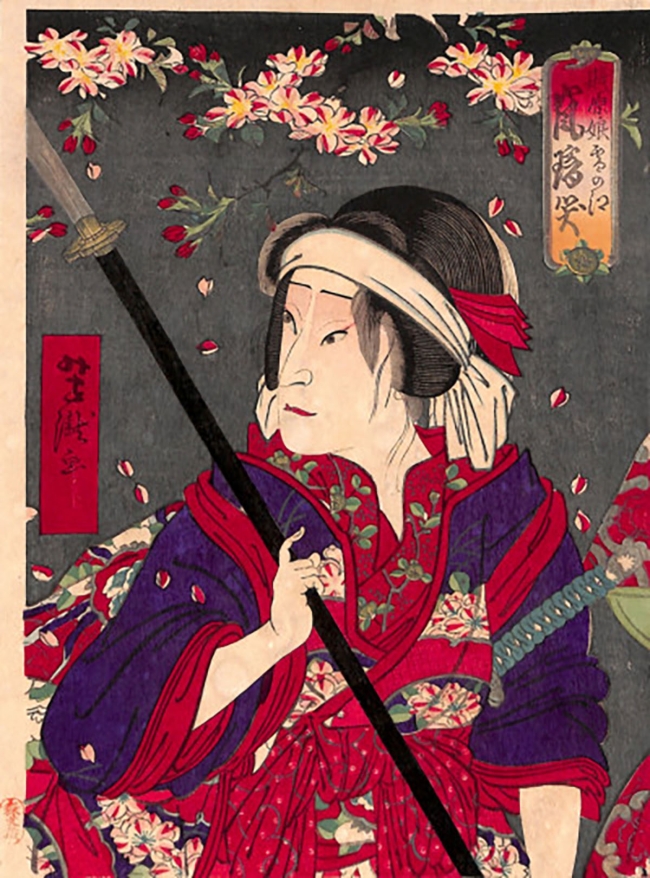Center for East Asian Studies
KABUKI In PRINT: Actor, Fans, Image, And Medium In Early Modern Japan And Beyond

Time
1:00pm - 7:00pm CDT
Campus
Location
In Person Conference at Multiple Locations
Contact
Center for East Asian Studies
https://ceas.uchicago.edu
Event Type
Conferences, Discussions, International, Lectures
Audience
Academic, Graduate Student, Undergraduate Student
Cost
Free
KABUKI In PRINT: Actor, Fans, Image, And Medium In Early Modern Japan And Beyond
November 4-5, 2022
In-person conference at multiple locations/Livestreaming Zoom option for keynote lecture (click here to register)
Few early modern theater traditions boast a body of surviving ephemera as large, varied, and multi-faceted as Japanese kabuki. From the seventeenth through twentieth centuries, the woodblock print medium played a pivotal role in connecting kabuki actors and fans and engendering play between actor and role, vision and voice, and between the stage and the imagination. In 2015, the Smart Museum of Art received a transformative gift of over 1,000 Japanese prints from the collection of the late Brooks McCormick Jr. The majority of these works are theater prints of the late Edo (1600-1868) and Meiji (1868-1912) eras, and of these, a sizable number relate to kabuki in the kamigata or Osaka region rather than in Edo. This intimate symposium seeks to bring together experts from theater, literature, and art history in order to study the collection and contribute their own insights on the relation between page and stage in the case of kabuki. The resulting insights will have implications for all who are interested in the relation between print technology, narrative, visual art, fan cultures, and the stage.
Sponsored by the Center for East Asian Studies in conjunction with the Smart Museum of Art, Franke Institute for the Humanities, and the Center for the Art of East Asia.
Click HERE to view the full schedule and list of presenters